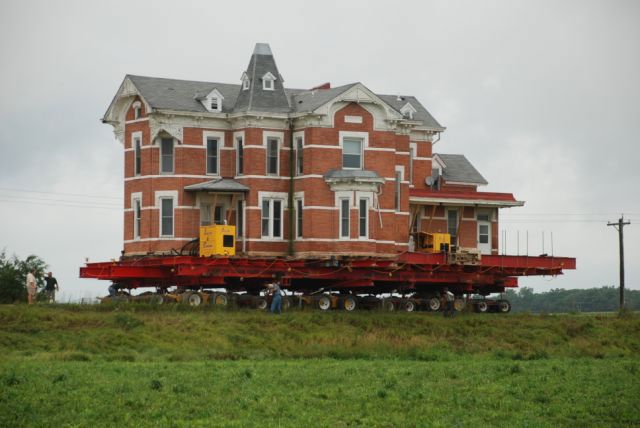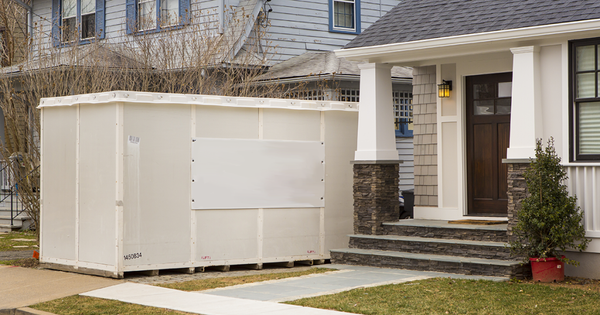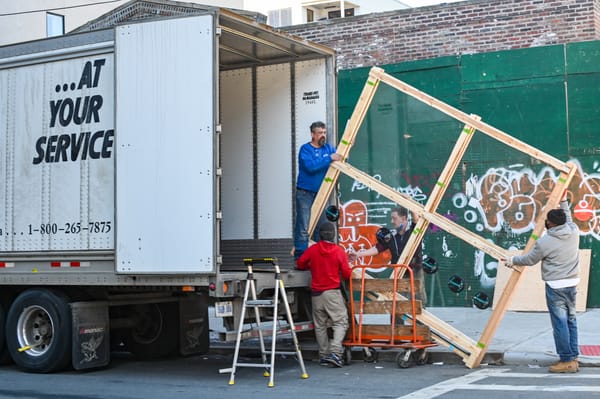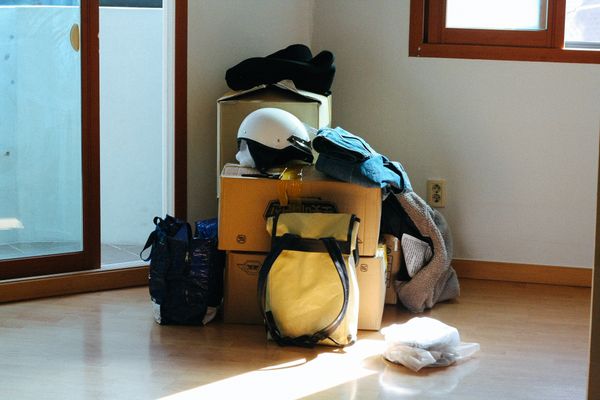When most people think of moving, they envision packing up their belongings and transporting them to a new residence. However, there's another, less common type of move—one that involves lifting and relocating an entire house!
While the idea might seem outlandish, physically moving a house is a real and practical solution in certain situations. Whether you're considering this process for historical preservation, property development, or environmental reasons, this guide will delve deep into the world of house moving.
Why Move a House Physically?
There are a variety of reasons homeowners might opt to move their house rather than leave it behind:
Historical Preservation
Older homes with significant architectural or historical value are sometimes moved to protect them from demolition.
Land Issues
Whether due to erosion, landslides, or other environmental factors, a house might need to be relocated to ensure its safety.
Economic Reasons
Property developers might find it cost-effective to move a house instead of building a new one, especially when the structure is still in good condition.
Personal Attachment
Some homeowners are so attached to their house that, when forced to move, they take their beloved home with them.
The House Moving Process
1. Assessment and Planning
Before a house can be moved, professionals will need to assess the structure's condition, size, and weight. They'll also evaluate the new location, checking for obstacles like power lines, trees, and roads. This preliminary stage is crucial for determining whether a house can be safely and effectively moved.
2. Preparing the House
The next step involves disconnecting all utilities and preparing the house for transport. This might entail removing the house from its foundation, lifting it with hydraulic jacks, and placing it onto steel beams or dollies.
3. The Move
Depending on the distance and route, the move could take hours or even days. During the move, it's essential to have an experienced team and advanced equipment on hand to ensure the house remains stable and undamaged.
4. Setting Down
Once at the new location, the house is carefully lowered onto its new foundation. Reconnecting utilities, refurbishing any damages, and ensuring the home is safely anchored are vital final steps.
Key Considerations
Legal Permissions
Before attempting to move a house, it's vital to secure all necessary permits. This might include road use permits, building permits, and more.
Cost
Physically moving a house isn't cheap. Costs can vary widely based on the size of the house, distance of the move, and other factors. Always get a detailed quote from professionals before committing.
Insurance
Ensure you have the right insurance coverage for the move. This will protect you from any unforeseen damages or accidents during the process.
Environmental Impact
While moving a house can save it from certain environmental risks, the move itself might have environmental impacts, such as damage to roads or local ecosystems. It's essential to weigh these considerations and take preventive measures.
Choosing the Right Professionals
One of the most significant factors in a successful house move is the team you choose to work with.
Experience Matters
It's essential to select a company that has extensive experience in physically moving houses. Their past projects will give you insight into their capability and reliability.
Equipment
Ensure that the company you choose has the proper equipment. This doesn’t just mean trucks and dollies, but also advanced hydraulic systems, computerized jacking systems, and more.
Insurance and Licensing
Only work with licensed professionals and ensure they carry the right insurance. This protects both you and them in the event of any mishaps.
Client Testimonials and References
Always check reviews and ask for references. Hearing from previous clients can provide insights into the company's professionalism, efficiency, and problem-solving skills.
Post-Move Adjustments
Once your house has been moved and set on its new foundation, there will be a range of post-move tasks to consider:
Home Inspections
Even with the most meticulous move, there can be unforeseen damages or shifts in the structure. It's advisable to have a post-move inspection to catch any potential issues early.
Utility Reconnections
Apart from the typical utility connections, you might need to consider other factors like internet connectivity, satellite dish positioning, or home security system adjustments.
Landscaping
Often, the land surrounding the new site might need landscaping. Whether it's planting new grass, trees, or setting up a garden, this can help your moved house truly feel like "home" again.
Interior Adjustments
The move can cause minor interior damages or shifts. Wall cracks, door alignments, or even plumbing and electrical adjustments might be required.
Embracing the New and Honoring the Old
Moving your house is a balance between embracing the new location and preserving the essence of your old environment. Here are a few tips:
Neighborhood Integration
Introduce yourself to the neighbors, get familiar with local amenities, and engage with the community. This will help in creating a sense of belonging.
Interior Décor
While your house remains the same, you can consider slight interior décor changes to give it a fresh feel, matching the vibe of the new location.
Celebrate the Move
Once settled, consider hosting a housewarming party. It's a fantastic way to share the story of your unique move, celebrate the success, and create new memories in your relocated home.
The Bottom Line
In moving a historic home, every square foot plays a pivotal role in determining house costs. The sight of a house gracefully maneuvering past overhead utility lines, traffic lights, and the bustle of daily life is a testament to the expertise of a structural moving company. Yet, house moving isn't just about dodging traffic control measures or navigating past obstacles. When considering the task of relocating a home, especially one with a concrete slab floor, homeowners must weigh the square footage against potential costs. By doing so, they can gauge whether house moving makes financial and logistical sense for them.
Choosing the right house moving company is akin to selecting a trustworthy general contractor for building a new property. While a concrete slab floor poses its challenges, the prowess of expert house movers can handle it with finesse, just as they can with a house set on a crawl space or a robust steel structure. But beyond the heavy lifting, these professionals delve into all the details, ensuring that every inch of the project is meticulously planned and executed.
Whether it's preserving a cherished memory or making a strategic move, homeowners must recognize that the benefits often extend beyond mere finances. The preservation of history, combined with modern engineering marvels, showcases that with the right team, even the most daunting tasks can be achieved seamlessly. So, when considering the future of a beloved home, remember: it's not just about the financial figures on a paper or the square footage; it's about understanding that, sometimes, with the right experts at your side, the seemingly impossible becomes possible.






